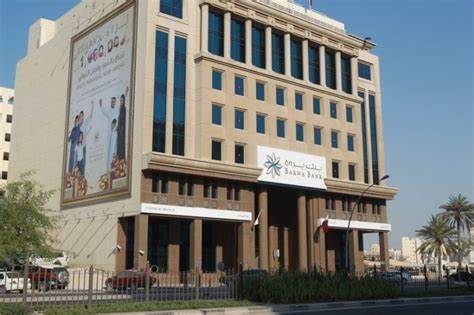In the wake of hosting the 2022 FIFA World Cup, Qatar’s banking sector is navigating a complex financial landscape. The substantial investments made to prepare for the global event have led to significant financial commitments, influencing the current economic environment.
Massive Investments for a Global Event
Qatar’s ambition to host the World Cup prompted an extensive infrastructure development program. Over the past decade, the nation invested heavily in constructing state-of-the-art stadiums, expanding transportation networks, building new hotels, and enhancing public facilities. These projects were part of a broader strategy to diversify the economy and elevate Qatar’s international profile.
The financing for these developments primarily came from domestic banks, which extended substantial loans to fund these large-scale projects. While these investments were anticipated to yield long-term economic benefits, the immediate financial implications have been challenging for the banking sector.

Economic Normalization and Its Impact
Following the conclusion of the World Cup, Qatar’s economy experienced a period of normalization. The surge in economic activity driven by the tournament subsided, leading to a recalibration of growth rates. According to the International Monetary Fund (IMF), real GDP growth declined from 4.2 percent in 2022 to 1.2 percent in 2023, mainly due to contracting construction activities and moderating services growth after the World Cup. Tourism, however, strengthened significantly since the event.IMF
This economic slowdown has had a direct impact on the banking sector. The reduction in large-scale construction projects led to decreased demand for new loans, while existing borrowers faced challenges in meeting their repayment obligations. Consequently, banks have seen an uptick in non-performing loans (NPLs), reflecting the strain on borrowers’ ability to service their debts.
Government Initiatives to Support the Banking Sector
Recognizing the challenges faced by the banking industry, the Qatari government has initiated several measures to bolster financial stability. In January 2024, Qatar launched its Third National Development Strategy (NDS3), aiming to accelerate economic transformation toward a knowledge-based and inclusive economy supported by private-sector-led growth. This strategy emphasizes the need to shift from a state-led growth model to a more dynamic, market-oriented one, which could alleviate some pressures on the banking sector by fostering private sector development and diversification.IMF+4IMF+4IMF+4IMF+2IMF+2IMF+2
Additionally, the Qatar Central Bank (QCB) has maintained prudent policies to safeguard banking sector stability. The QCB has broadly aligned its monetary policy with the U.S. Federal Reserve, consistent with the currency peg to the U.S. dollar. Efforts to enhance liquidity management and strengthen the effectiveness of the monetary operational framework are ongoing. The banking sector remains healthy, thanks to robust buffers and diligent QCB supervision. However, continued vigilance is important to manage pockets of vulnerabilities, including addressing asset quality concerns and monitoring the interconnectedness between banks and the public sector.IMF+3IMF+3IMF+3
Medium-Term Economic Outlook
Despite current challenges, Qatar’s medium-term economic outlook appears favorable. The IMF projects that real GDP growth will reach 2 percent in the near term and average around 4¾ percent over the medium term, supported by significant liquefied natural gas (LNG) production expansion and intensified structural reforms. This anticipated growth is expected to provide a more supportive environment for the banking sector, as increased economic activity could lead to improved loan performance and reduced NPLs.IMF+3IMF+3IMF+3

Strategic Focus on Economic Diversification
To mitigate the risks associated with reliance on hydrocarbon revenues and large-scale event-driven investments, Qatar is focusing on economic diversification. The NDS3 outlines strategic priorities to build a knowledge-based, private sector-led, and sustainable economy. Key initiatives include enhancing human capital, fostering innovation, promoting trade diversification, attracting foreign direct investment, and further enhancing business efficiency.IMFIMF+4IMF+4IMF+4
These efforts aim to create a more resilient economic framework that can withstand external shocks and reduce the cyclical nature of growth associated with events like the World Cup. For the banking sector, a diversified economy could lead to a broader and more stable customer base, reducing the concentration risks currently associated with specific industries.
Conclusion
The legacy of the 2022 FIFA World Cup has left Qatar’s banking sector facing a series of financial challenges, primarily stemming from the substantial investments made in preparation for the event. The subsequent economic normalization has led to increased NPLs and necessitated government interventions to support financial stability. However, with strategic initiatives focused on economic diversification and prudent fiscal management, Qatar is positioning itself to navigate these challenges effectively. The banking sector’s resilience will be crucial in supporting the nation’s broader economic objectives and ensuring sustainable growth in the years to come.
Qatar’s Growing Investments in Asia: Economics vs. Geopolitics



